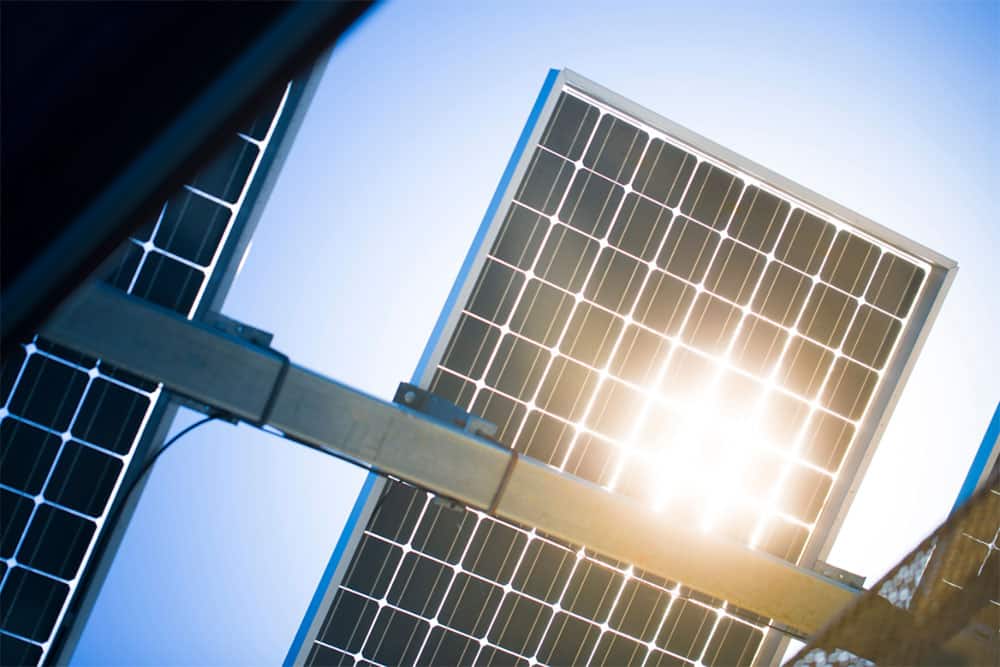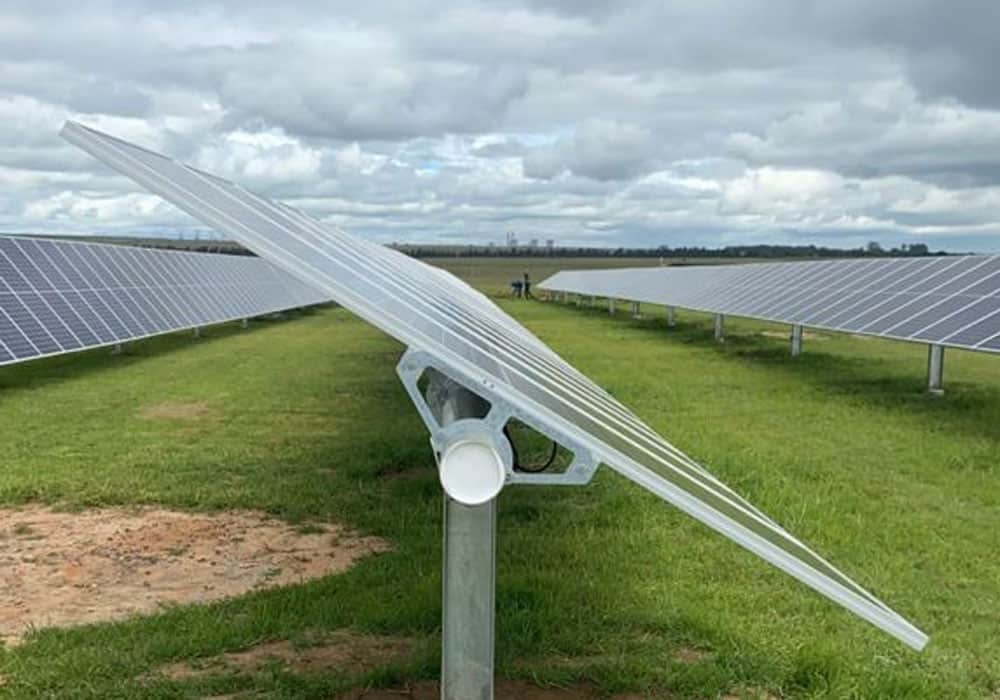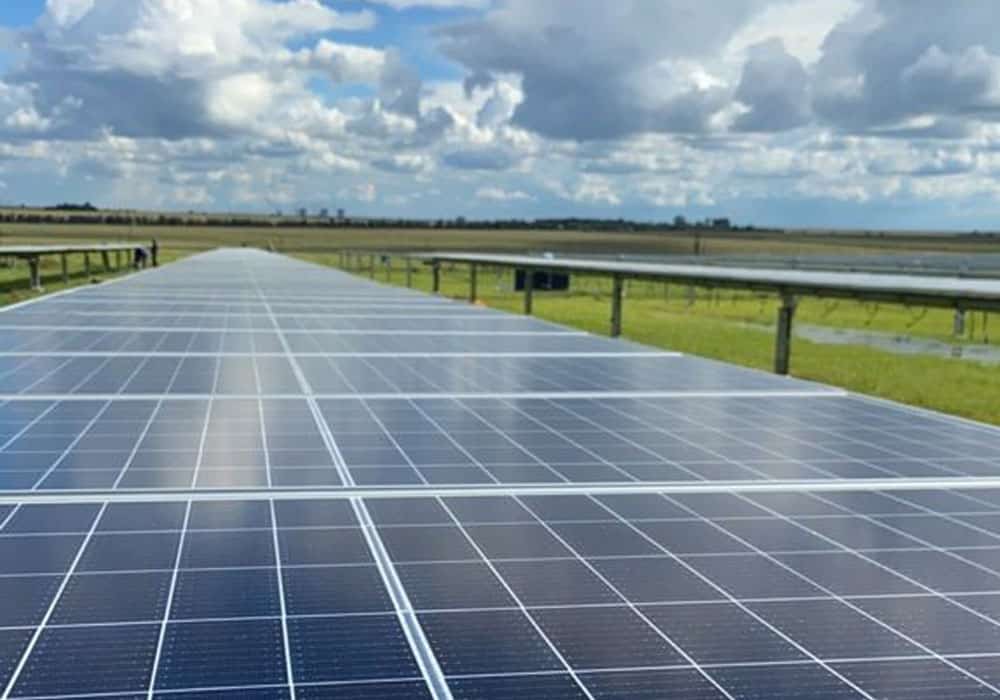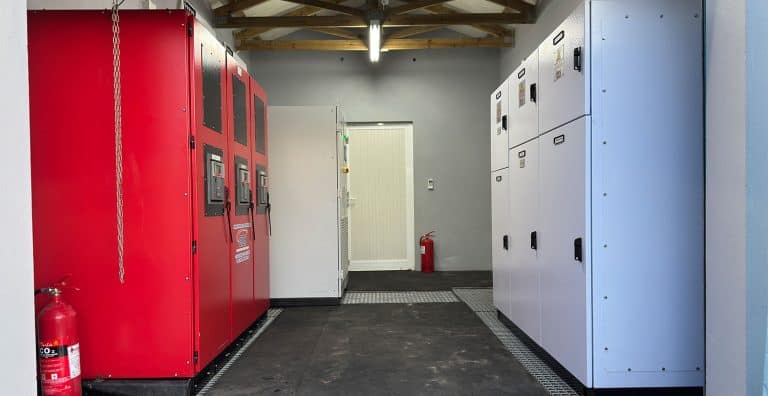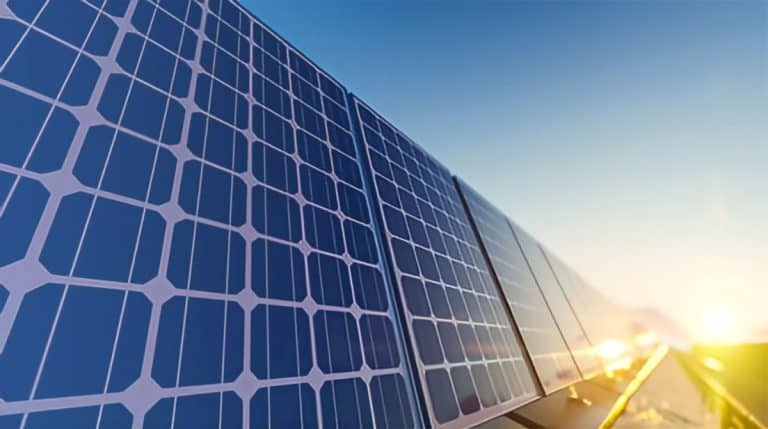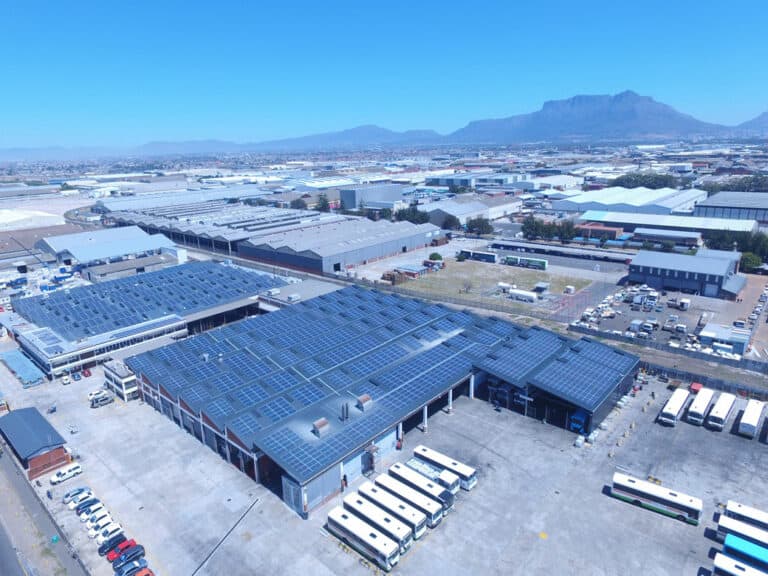An overview of Solar Trackers
There are many approaches to design and install a solar energy system for your property or business. If you are considering a ground-mounted installation, you may wish to consider a solar tracker system so that your panels follow the sun’s movement across the sky. In this way, your system can harness maximum solar radiation, optimize efficiency and produce as much energy as possible.
Solar trackers are seldom used in residential solar projects. Usually, they are used in commercial installations, utility projects, solar trees or large freestanding ground-mounted arrays. This article will examine what installing a solar tracking system entails and if a tracking system may be the right solution for your solar project.
![]()
Solar trackers – How do they work?
A solar tracking system maximizes your solar system’s electricity production by moving your panels to follow the sun throughout the day. This optimizes the angle at which your panels receive solar radiation.
When solar panels are exposed to sunlight, the angle at which the sun’s rays meet the surface of the solar panel (known as the “angle of incidence”) determines how well the panel can convert the incoming light into electricity. The narrower the angle of incidence, the more energy a photovoltaic panel can produce. Solar trackers help to minimize this angle by working to orient panels so that light strikes them perpendicular to their surface throughout the day.
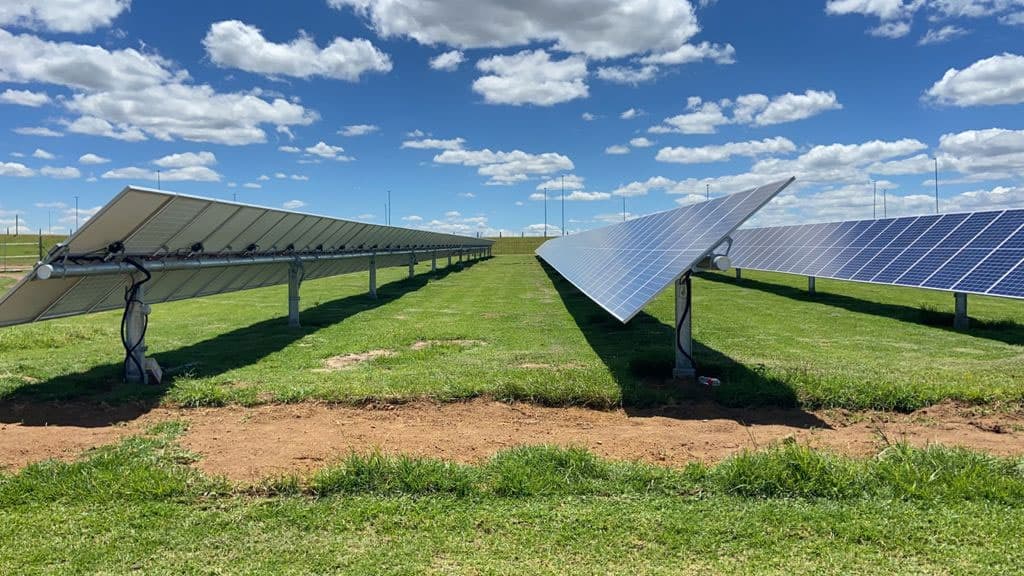
Solar trackers – Single-axis and dual-axis
There are two main types of solar tracking systems: single-axis and dual-axis.
A single-axis tracker moves your panels on one axis of movement, usually aligned with north and south. These setups allow your panels to arc from east to west and track the sun as it rises and sets.
A dual-axis tracker allows your panels to move on two axes, aligned both north-south and an east-west. This type of system is designed to maximize your solar energy collection throughout the year. It can track seasonal variations in the height of the sun in addition to normal daily motion.
Typically, dual-axis trackers are less frequently used for solar installations, even among large, utility-scale projects. A situation where dual-axis trackers may be feasible would be on certain commercial properties – where, due to limited commercial rooftop space for solar panels to be installed, dual-axis trackers can produce up to 45% more energy than typical static panels. However, utility-scale installations don’t typically need dual-axis setups, because they are located on large plots of land without the space constraints of a commercial roof space.
View the single-axis solar tracker system that New Southern Energy installed at Alzu Petroport and Farm in Mpumalanga, South Africa here
Solar trackers – Active versus passive
Aside from the key difference between single-axis and dual-axis trackers, there are also active and passive solar tracking systems. Most tracking systems out there currently are active systems. This means that the tracking system is provided with energy to run a motor or other mechanical device that moves the attached solar panels the right way as the day progresses.
Passive solar trackers also track the sun, but without any added energy source. They move by using the heat from the sun to warm a gas. When that gas expands, it this causes the solar panels to move mechanically. When the sun moves and the gas cools, it compresses again and the panels move back.
In general, active solar trackers are more well-suited for large and complex installations, while passive trackers can be used for simple PV systems and not much else, given their lower accuracy.
Solar trackers – Benefits and disadvantages
As with any addition to a solar panel system, there are pros and cons to solar trackers.
Advantages:
- Solar panels on tracking systems generate more electricity, and consequently have a higher efficiency rate
- Generally, a solar panel system with a single-axis solar tracker will deliver a performance gain of 25 to 35 percent. A dual-axis tracker will bump that up by another five to 10 percent.
- More electricity production means you will need fewer panels, and therefore less space for your solar setup
Disadvantages
- Solar tracking systems are generally more expensive to install than standard fixed solar panel systems, because they involve a more complex technology, have moving parts and necessitate added labor to prepare a site for trackers.
- Trackers are generally too heavy to be installed on rooftops, so you’ll need to install a ground-mounted system
- Tracking systems tend to have higher installation and maintenance costs. This is naturally off-set against the higher efficiency rate, and therefore an accurate feasibility study upfront is recommended.


